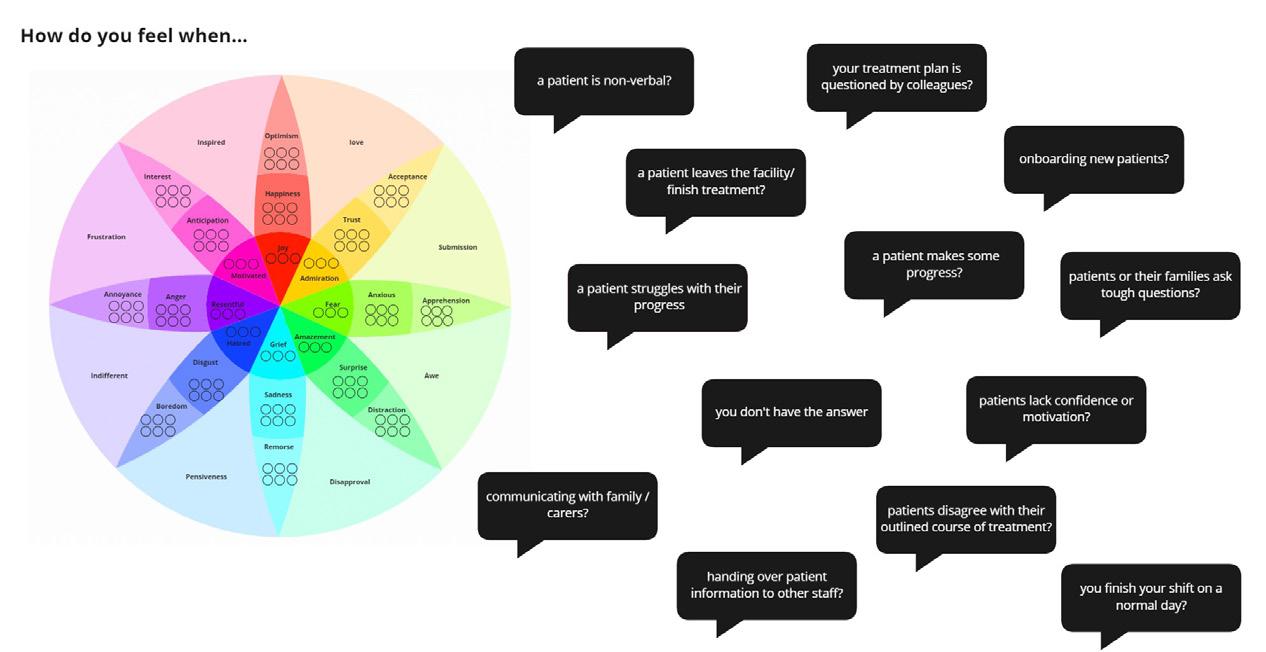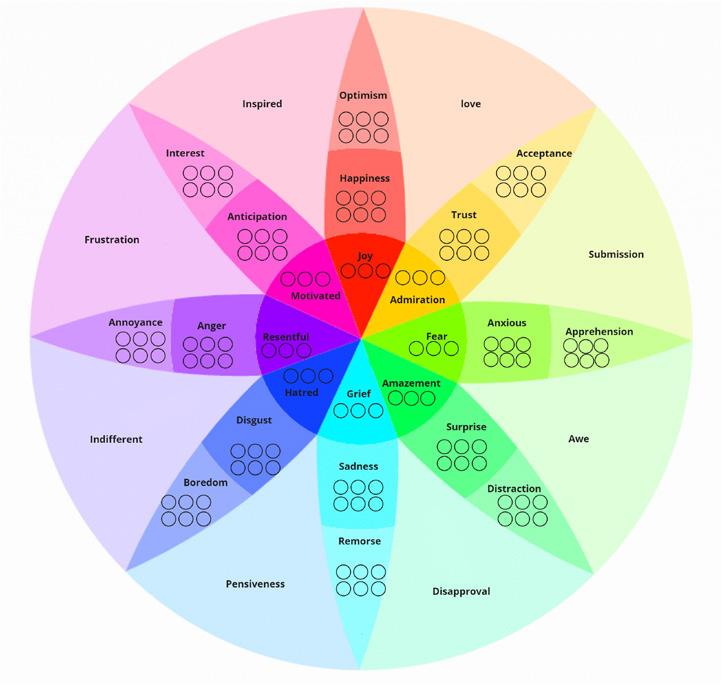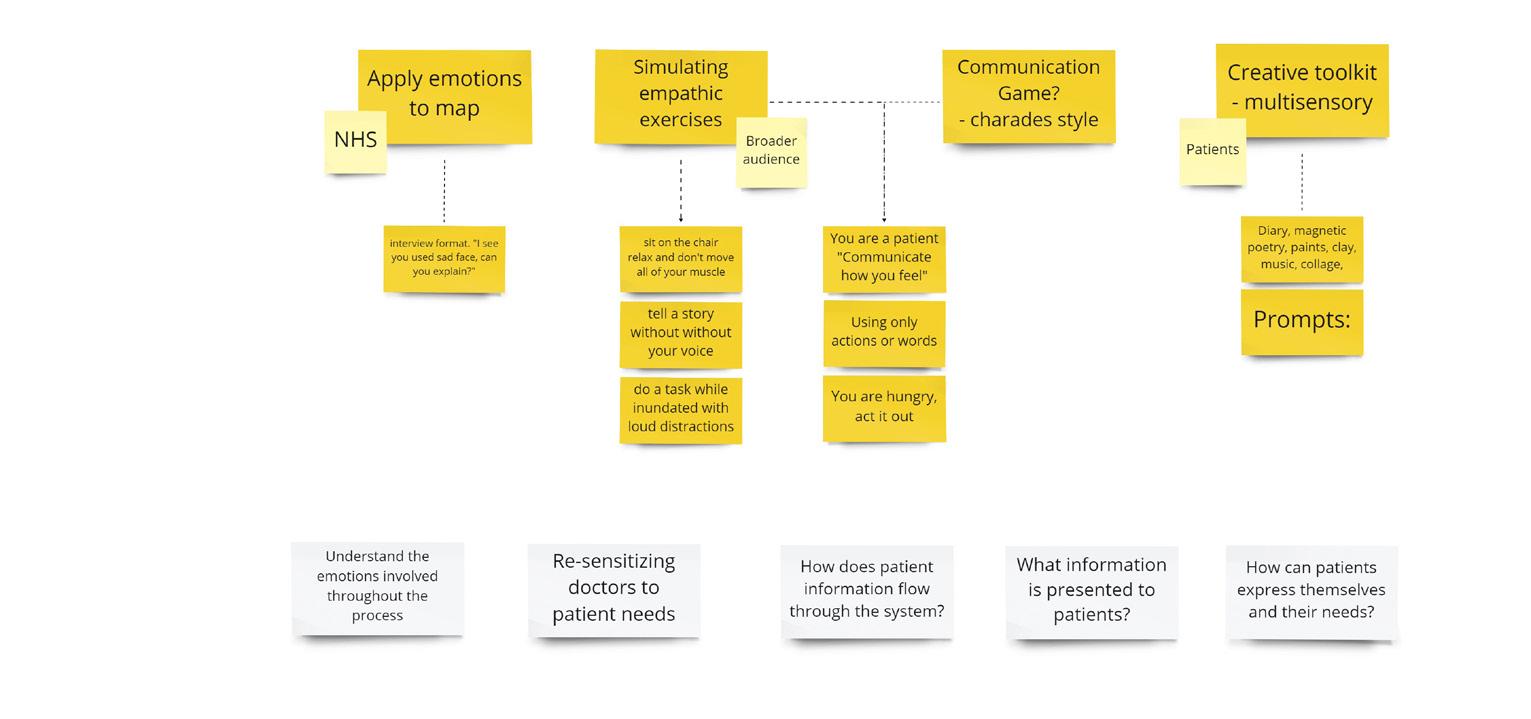
1 minute read
Designing the Engagement Tool
Reflections The tools mentioned above helped us to: 1. Understand the health eco-system from the perspective of different stakeholders. 2. It gave us clarity on the current communication system and the potential opportunities to investigate. 3. Analyse the interlinking between the different stakeholders. Designing these tools was a collaborative process involving the team members. Each member came up with different and unique perspectives while designing maps, which helped us have a divergent set of ideas. Overall collaboratively designing the maps is a good practice as it helps formulate the problem by considering all the possible scenarios, which is difficult while doing it single-handedly. This tool’s insights and questions helped us design our engagement tool, which has been explained in the following chapters.
To test our hypothesis related to communication, we decided to design an engagement tool. We brainstormed different tools like applying emotions to the user journey map, simulating empathic exercises, communication games and a creative toolkit. We had to do our research online through zoom calls; we thought a creative toolkit (cultural probe) could be a perfect exercise to understand the patient’s emotions. However, due to the NDA signed with NHS, we could not go forward with that tool.
We decided to design an emotional mapping tool to understand the different emotions the stakeholders go through during the process. We listed down a list of relevant emotions from an emotion wheel and formulated scenarios based on the participants we were going to interview.
The engagement tools had a list of scenarios formulated from the user journey map on the right side, and the emotional wheel was placed on the left side. The emotions on the wheel had 3-6 circular markers. Based on the scenarios, the user had to pick up the relevant emotions and place them on the scenario bubbles on the right. Due to the technicality of the miro board, I was doing the actions for the participant.














